The Mount Kailash (Manasarovar Yatra) 10-day tour is a deeply spiritual and transformative journey, taking you through the majestic landscapes of Tibet, where spirituality meets adventure. This sacred pilgrimage is centered around Mount Kailash, revered as the axis of the world by Hindus, Buddhists, Jains, and Bon followers. The journey includes the pristine Lake Manasarovar, known for its spiritual significance and beauty, offering pilgrims a chance to take a holy dip in its waters, believed to cleanse sins and bring spiritual renewal.
Starting in Nepal, this adventure takes you through high-altitude passes, serene lakes, and secluded monasteries, giving you a glimpse into the remote yet vibrant culture of Tibetan Buddhism. The highlight of the journey is the Kailash Kora, a three-day circumambulation of Mount Kailash, considered one of the most important spiritual rituals. Completing the Kora is said to absolve past life sins and lead to spiritual enlightenment. Along the way, you’ll witness stunning vistas of the Tibetan plateau, dramatic mountain ranges, and experience moments of peaceful reflection in this awe-inspiring landscape.
Whether you are undertaking this journey for spiritual reasons or seeking an extraordinary adventure, the 10-day Mount Kailash Manasarovar Yatra offers a unique opportunity to connect with nature and the divine. The itinerary is designed to provide a meaningful balance of spiritual practices and exploration of the natural beauty that surrounds Mount Kailash and Lake Manasarovar.
Join the Alpine Club of Himalaya for this once-in-a-lifetime experience, where every moment brings you closer to spiritual fulfillment while exploring the breathtaking wonders of Tibet.
Trek Highlights
- Witness the revered peak, considered the spiritual center of the universe by Hindus, Buddhists, Jains, and Bon followers.
- Take a holy dip in this pristine lake, believed to wash away sins and bring spiritual cleansing.
- Complete the sacred 52-km circumambulation around Mount Kailash, a pilgrimage that holds immense spiritual significance.
- Explore Tibetan monasteries rich in history and culture, offering a deep dive into Tibetan Buddhism.
- Experience the stunning beauty of the high-altitude desert landscape, surrounded by majestic peaks and serene environments.
- Connect with your spiritual self in one of the most sacred and remote regions of the world.
- Meet Tibetan pilgrims and witness unique religious rituals that define the local way of life.
- Cross rugged mountain passes and experience the thrill of high-altitude trekking in the Himalayas.
Best Time To Visit
The best time to visit Mount Kailash (Manasarovar Yatra) is from May to September, when the weather is most favorable for travel and trekking. During these months, the temperatures are milder, and the skies are generally clearer, offering stunning views of Mount Kailash and the surrounding landscape. The snow at high altitudes has mostly melted, making the Kailash Kora trek more accessible. Additionally, Lake Manasarovar remains unfrozen, allowing pilgrims to fully experience its spiritual and natural beauty.
- May to June: These months offer pleasant weather with moderate temperatures, making it one of the best times to visit. The pilgrimage season also starts, and the atmosphere is spiritually vibrant.
- July to September: The monsoon season affects Nepal, but Tibet remains relatively dry. The weather stays favorable for the trek, and fewer crowds make the experience more peaceful.
Avoid traveling from October to April, as harsh winter conditions make trekking difficult, and many routes may be closed due to snow.
About Mount Kailash
Mount Kailash is a sacred peak located in the Tibetan Himalayas, standing at an elevation of 6,638 meters (21,778 feet). It holds profound spiritual significance for multiple religions, including Hinduism, Buddhism, Jainism, and the Bon tradition. For Hindus, Mount Kailash is believed to be the abode of Lord Shiva, one of the principal deities, and is considered the axis of the world. In Buddhism, it represents a divine mandala and is connected to the enlightenment of Buddha. Jains believe it is where their first Tirthankara attained liberation, and for Bon practitioners, it is the center of spiritual energy.
What makes Mount Kailash unique is that despite being a highly revered pilgrimage site, it remains largely unexplored and unclimbed. Pilgrims instead perform the Kailash Kora, a 52-kilometer circumambulation around the mountain, which is believed to bring spiritual purification and enlightenment. It is also located near the sacred Lake Manasarovar, a site of pilgrimage where the waters are considered holy and purifying.
The region surrounding Mount Kailash offers breathtaking landscapes of the Tibetan Plateau, featuring snow-capped peaks, rugged terrain, and serene lakes. Due to its religious importance and remote location, the mountain is a symbol of mystery, spirituality, and awe for many who undertake the pilgrimage.
About Mansarovar
Lake Manasarovar is a sacred freshwater lake located at an elevation of 4,590 meters (15,060 feet) in the Tibetan Plateau, near Mount Kailash. It is one of the highest freshwater lakes in the world and holds deep spiritual significance for several religions, including Hinduism, Buddhism, Jainism, and Bon. Hindus believe that the lake was created by Lord Brahma, and it is regarded as the symbol of purity. Bathing in its waters is believed to wash away sins and provide spiritual enlightenment.
For Buddhists, Lake Manasarovar is associated with the legendary Anavatapta Lake, said to be the source of all the great rivers of the world, and is often linked to deep meditation practices. In the Jain tradition, the lake is considered a place where the first Tirthankara, Rishabhadeva, achieved spiritual liberation.
The lake is also admired for its pristine beauty, with crystal-clear waters reflecting the surrounding snow-capped peaks, including Mount Kailash. Pilgrims often take a dip in the lake as part of their spiritual journey and perform rituals along its shores. Its proximity to Mount Kailash makes it an essential stop for those undertaking the Kailash Kora pilgrimage.
Aside from its religious importance, Lake Manasarovar is a stunning natural wonder. The surrounding landscape is serene and vast, with the lake’s blue waters contrasting against the barren terrain of the Tibetan Plateau. It remains a place of both spiritual and natural magnificence, drawing pilgrims and adventure seekers alike.
Environment
The environment around Mount Kailash and Lake Manasarovar is a unique and rugged landscape situated on the remote Tibetan Plateau, often referred to as the “Roof of the World.” The area is characterized by high-altitude terrain, with an average elevation exceeding 4,500 meters (14,763 feet). The environment is largely arid, with vast stretches of barren land, rocky- mountains, and sparse vegetation, creating an otherworldly and serene atmosphere.
Climate
The climate in the region is cold and harsh, with temperatures varying drastically between day and night. Summers (May to September) bring milder weather, with daytime temperatures averaging between 10°C to 15°C (50°F to 59°F), while nights can still be quite cold. During winters (October to April), the region experiences freezing temperatures, often dropping below -20°C (-4°F), with heavy snowfall making it inaccessible for most travelers.
Wildlife and Ecosystem
Despite its harsh conditions, the region supports a diverse range of wildlife, adapted to the extreme environment. Yaks, wild donkeys, blue sheep, and Tibetan antelopes are commonly found grazing on the plateau, while predators like snow leopards and Tibetan wolves inhabit the mountainous areas. The region is also home to many species of migratory birds, including black-necked cranes and bar-headed geese, especially around Lake Manasarovar.
Water Sources
Lake Manasarovar and its neighboring Rakshastal Lake are vital sources of water in the area. Lake Manasarovar, being a freshwater lake, is revered not only for its spiritual significance but also for its ecological importance. It feeds several rivers, including the Sutlej River, one of the major tributaries of the Indus River. The nearby Rakshastal Lake is a saltwater lake and offers a stark contrast to the pristine waters of Lake Manasarovar.
Conservation
Due to its religious significance and fragile ecosystem, the environment around Mount Kailash and Lake Manasarovar is carefully managed. Pilgrims and tourists are encouraged to respect the natural surroundings, and efforts are made to minimize environmental impact. The remote nature of the region has helped preserve its natural beauty, but increased tourism has raised concerns about sustainability and conservation of this sacred and pristine environment.
In conclusion, the environment around Mount Kailash and Lake Manasarovar is a harsh yet stunningly beautiful and spiritually revered area, offering a rare glimpse into the remote and untouched wilderness of the Tibetan Plateau.
Accommodation
Accommodation around Mount Kailash and Lake Manasarovar is typically basic but sufficient for pilgrims and trekkers. Given the remote and high-altitude location, luxury options are limited, and most travelers stay in simple guesthouses, lodges, or monasteries along the route.
Key Accommodation Options:
- Guesthouses and Lodges:
In the small towns and villages like Darchen (the base for the Mount Kailash Kora) and Purang, travelers will find basic guesthouses that offer modest rooms with shared facilities. These guesthouses provide essential amenities such as beds, blankets, and communal bathrooms. Some may offer simple meals like Tibetan bread, soup, and tea.
- Teahouses:
Along the trekking route of the Kailash Kora, small teahouses or basic lodges offer accommodation to pilgrims. These are very simple, often with shared rooms and communal bathrooms. Hot water and heating may be limited, but the facilities are functional for short stays. The teahouses also serve basic meals like noodles, soup, and rice.
- Monastery Stays:
Some pilgrims may choose to stay in monasteries near Mount Kailash and Lake Manasarovar. The accommodation is basic, often with dormitory-style rooms. Staying in a monastery offers a unique spiritual experience, allowing travelers to immerse themselves in Tibetan Buddhist culture and practices.
- Tented Camps:
In some cases, especially near Lake Manasarovar, there are tented camps that cater to pilgrims. These tents provide simple sleeping arrangements, often with basic bedding and blankets. While they lack luxury, they offer a closer connection to nature and the spiritual energy of the area.
Facilities and Amenities:
Due to the remoteness of the region, amenities like hot showers, electricity, and Wi-Fi can be very limited. Some guesthouses may offer charging stations for electronics, but it’s important to come prepared with basic supplies such as warm clothing, sleeping bags, and personal hygiene products. Solar-powered electricity is sometimes available in the more remote accommodations, but power can be inconsistent.
Adaptation to High Altitude:
Most of the accommodations are situated at high altitudes, so it’s important to be mindful of altitude sickness. Rest days in places like Darchen are often recommended to help with acclimatization before starting the Kailash Kora trek.
Drinking Water
Drinking water around Mount Kailash and Lake Manasarovar is generally not safe for consumption directly from natural sources without proper treatment. Due to the remote and high-altitude environment, water from rivers, lakes, or streams may contain bacteria and other contaminants. It is essential for travelers to carry water purification tablets or a portable water filter to ensure safe drinking water throughout the journey. Many guesthouses and teahouses along the route may provide boiled water for a small fee, which is a safer option for drinking. It is also recommended to bring your own reusable water bottle, as plastic waste management in this sacred and pristine region is limited. Staying hydrated is crucial, especially at high altitudes, where the body requires more fluids to combat altitude sickness and maintain energy levels during the pilgrimage or trek.
High Altitude Sickness
High Altitude Sickness (Acute Mountain Sickness) is a common concern for travelers visiting the Mount Kailash and Lake Manasarovar region due to its extreme elevation, typically above 4,500 meters (14,763 feet). This condition arises when the body struggles to adapt to lower oxygen levels at high altitudes, leading to symptoms such as headaches, dizziness, nausea, fatigue, and shortness of breath. To minimize the risk of altitude sickness, it is crucial to acclimatize gradually by spending a few days at lower altitudes, stay well-hydrated, and ascend slowly. Avoiding alcohol and smoking can also help. If symptoms occur, resting and descending to a lower elevation are vital for recovery. Recognizing and responding to the signs of high altitude sickness is essential for ensuring a safe and enjoyable pilgrimage experience in this breathtaking region.
Physical Fitness and Requirement
Physical fitness is crucial for successfully undertaking the Mount Kailash (Manasarovar Yatra), as the trek involves navigating challenging terrain at high altitudes. A moderate to good level of fitness is recommended to handle the physical demands of the journey, which includes sustained walking and potential elevation changes. To prepare, travelers should focus on building cardiovascular endurance through activities like hiking, running, or cycling, complemented by strength training exercises targeting the legs, core, and upper body. Flexibility training, such as yoga or stretching, is also beneficial to prevent injuries and improve mobility. Additionally, practicing hikes on similar terrains can help acclimatize the body to the physical challenges ahead. It’s essential to mentally prepare for the trek by maintaining a positive mindset and setting realistic goals. Packing comfortable and sturdy hiking boots, layered clothing, a hydration system, and a basic first-aid kit will further support a safe and enjoyable pilgrimage experience.
Travel Insurance
Travel insurance is an essential consideration for anyone planning the Mount Kailash (Manasarovar Yatra), as it provides crucial protection against unforeseen events that could disrupt your journey. Given the remote and high-altitude nature of this trek, travel insurance can cover a variety of risks, including trip cancellations, medical emergencies, emergency evacuations, and lost or delayed luggage. It’s particularly important to ensure that your policy includes coverage for high-altitude trekking and any specific activities planned during the journey. Medical expenses can be significant in remote areas, so having insurance that covers medical treatment and evacuation is vital for your safety. Before purchasing a policy, carefully review the terms and conditions to ensure it meets your needs, and consider seeking assistance from an insurance provider experienced in adventure travel. With the right travel insurance in place, you can embark on your spiritual journey with peace of mind, knowing that you are protected against potential challenges.
Passport and Visa
Obtaining a passport and visa is a crucial step for travelers planning to undertake the Mount Kailash (Manasarovar Yatra), as these documents are necessary for entry into Tibet. Ensure that your passport is valid for at least six months beyond your intended return date, as many countries, including Tibet, require this for entry. A visa for China is also required, and travelers must apply for a special Tibet Travel Permit to access the region around Mount Kailash. It is essential to obtain these permits through a registered travel agency in Nepal or China, as independent travel to Tibet is generally not permitted. The application process may involve providing itinerary details, identification documents, and photographs. It’s advisable to start this process well in advance of your trip, as it may take time to secure all necessary approvals. Having the proper passport and visa documentation in order will ensure a smooth travel experience and allow you to fully enjoy the spiritual journey to Mount Kailash and Lake Manasarovar.
Transportation
Transportation for the Mount Kailash (Manasarovar Yatra) will be organized on a sharing basis, making it a more economical and social option for travelers. This arrangement allows participants to share vehicles, which not only reduces costs but also enhances the experience by fostering camaraderie among pilgrims. For those preferring a private transportation experience, a minimum of four people is required to form a group. This private option provides greater flexibility and comfort, allowing travelers to set their own pace and itinerary during the journey. Regardless of the choice between shared or private transportation, all arrangements will ensure safe and reliable travel through the stunning landscapes of Tibet, enhancing the overall pilgrimage experience to the sacred sites of Mount Kailash and Lake Manasarovar.
Restrictions and Permissions
Traveling to Mount Kailash and Lake Manasarovar requires adherence to specific restrictions and permissions due to the area’s sacred nature and geopolitical considerations. Participants must obtain the necessary Tibet Travel Permit, which is managed by the tour operator, as well as a Chinese visa. It’s important to respect local customs and regulations while traveling in Tibet, including restrictions on photography in certain areas, particularly around monasteries and sacred sites. Additionally, visitors should be mindful of environmental preservation and adhere to guidelines set by local authorities to minimize their impact on this pristine region. Travelers are also required to carry identification documents at all times and must be prepared for occasional inspections by local police or authorities
Important Note
Your safety is our top priority at Alpine Club of Himalaya. We reserve the right to alter or cancel the trip if necessary to ensure your well-being. Factors such as unpredictable weather conditions, a group member’s health, or unforeseen natural disasters may require changes to the itinerary, especially when traveling in remote and challenging mountainous regions. In such circumstances, we kindly ask for your full cooperation with the designated group leader from Alpine Club of Himalaya, who is entrusted with making the best decisions for the safety of the group. While every effort will be made to adhere to the planned itinerary, your safety will always come first, and adjustments may be made to accommodate this priority.
Why Choose This Trip with Alpine Club of Himalaya?
Choosing Alpine Club of Himalaya for your Mount Kailash (Manasarovar Yatra) offers you a unique blend of expertise, personalized service, and a deep commitment to creating memorable experiences. With years of experience in organizing spiritual and adventure journeys, our knowledgeable guides provide valuable insights into the rich cultural and spiritual significance of the region. We prioritize your comfort and safety, ensuring well-planned itineraries and quality accommodations throughout the journey. Our small group sizes allow for a more intimate experience, fostering connections with fellow travelers while exploring the stunning landscapes of Tibet. Additionally, we take care of all logistical aspects, from permits to transportation, allowing you to focus on the spiritual journey ahead. With our emphasis on sustainable and responsible tourism, you can be confident that your adventure supports local communities and preserves the environment. Join us for an unforgettable pilgrimage, where every moment is crafted with care and expertise.
Packing and Gear List
For the Mount Kailash (Manasarovar Yatra), proper packing is essential for your comfort and safety, as you’ll be traversing high altitudes and variable weather conditions. Female Guide Holiday recommends the following items to ensure you’re well-prepared for the journey:
Clothing
- Base Layers: Moisture-wicking thermal tops and bottoms.
- Insulating Layers: Fleece jackets, down jackets (for cold temperatures), and woolen sweaters.
- Outer Shells: Waterproof and windproof jackets and pants.
- Trekking Pants: Comfortable, quick-dry trekking pants.
- T-shirts: Lightweight, moisture-wicking T-shirts for daytime wear.
- Duffel Bag: A durable bag to carry your clothing and gear.
- Kitbag: An additional bag for day-to-day essentials.
Footwear
- Trekking Boots: Waterproof, sturdy, and well-broken-in boots with ankle support.
- Sandals: Lightweight sandals for evenings and rest days.
- Warm Socks: Wool or synthetic socks for trekking and sleeping.
Accessories
- Hats: Sun hat for protection during the day and a warm hat for the evenings.
- Gloves: Warm, insulated gloves and waterproof outer gloves.
- Sunglasses: High UV protection for the intense sun at high altitudes.
- Neck Gaiter/Scarf: For protection against wind and cold.
- Trekking Poles: Adjustable trekking poles for stability on uneven terrain.
Personal Gear
- Sleeping Bag: Warm sleeping bag rated for -15°C or colder.
- Headlamp: With extra batteries for use in the evening or during pre-dawn treks.
- Water Bottle: Insulated water bottles and/or hydration packs (2-3 liters capacity).
- Personal First Aid Kit: Including any personal medications, blister treatments, and altitude sickness medication (as advised by your doctor).
- Toiletries: Biodegradable soap, toothbrush, toothpaste, wet wipes, and toilet paper.
- Sun Protection: Sunscreen (SPF 50+), lip balm with SPF, and aloe vera gel.
- Towel: Lightweight, quick-drying towel.
Miscellaneous
- Snacks: Energy bars, trail mix, and other lightweight snacks.
- Camera/Phone: For capturing the stunning scenery (with waterproof protection).
- Books/Journal: For personal reflection or reading during downtime.
- Ncell SIM Card: Provided by the company for communication and internet access.
Documents
- Passport: Must be valid for at least six months.
- Tibet Travel Permit: Provided by Female Guide Holiday.
- Chinese Visa: Provided as part of the trip package.
- Travel Insurance: Ensure it covers high-altitude trekking and emergency evacuation.
Optional
- Yak and Porter Services: Available for carrying heavier loads during the Kora.
Note:
- This is a group joining tour, ensuring you share the experience with fellow travelers.
- Accommodation at Manasarovar will be in a dormitory-style room, offering a communal experience by the sacred lake.
Itinerary
After an early breakfast in Kathmandu, we begin our spiritual journey towards Kerung, located on the Nepal-Tibet border. This picturesque drive showcases the breathtaking beauty of the Langtang National Park, where you’ll witness lush green valleys, terraced farms, and traditional villages nestled in the hills. As we make our way to the Rashuwagadhi border, we will complete the immigration process before continuing our drive into Tibet. Once in Kerung, we will cover approximately 155 km over 6 to 7 hours, arriving at our hotel in the early evening. This evening, you can take a leisurely stroll around the town and immerse yourself in the serene atmosphere as you prepare for the adventures ahead.
- Altitude: 2,700 m
- Accommodation: Hotel
- Meals: Breakfast, Lunch, Dinner
- Duration: 7-8 hours
Recognizing the importance of acclimatization for a successful trek, we dedicate this day to allowing our bodies to adjust to the altitude. Staying in Kerung, where the elevation is relatively moderate, provides an excellent opportunity to prepare for the higher altitudes ahead. You can explore the town's cultural heritage, visiting local temples and interacting with residents to learn about their traditions. Sampling some authentic Tibetan dishes at nearby restaurants can also be a delightful experience. Use this day to relax, hydrate, and rest, ensuring you are physically and mentally prepared for the journey to come.
- Altitude: 2,700 m
- Accommodation: Hotel
- Meals: Breakfast, Lunch, Dinner
On Day 3, we drive to Saga, which is situated at an altitude of 4,640 m. This journey is particularly scenic, as we follow the Brahmaputra River, enjoying sweeping views of the surrounding landscapes. The drive involves traversing a well-maintained black-topped road and climbing over the Thong La and La Lung hills. Covering approximately 230 km, the journey lasts about 6 hours, during which we may encounter yaks, nomadic herders, and breathtaking views of the Tibetan plateau. Once we arrive in Saga, we will check into a guest house, allowing some time to unwind and reflect on the day's experiences.
- Altitude: 4,640 m
- Accommodation: Guest House
- Meals: Breakfast, Lunch, Dinner
- Duration: 5-6 hours
Our journey continues as we drive to the sacred Lake Mansarovar, one of the world’s highest freshwater lakes and a vital pilgrimage site for many. Surrounded by stunning snow-capped peaks, Lake Mansarovar is believed to be a source of spiritual purity. The drive today covers about 370 km, taking approximately 7 hours, with opportunities to stop and take photos of the stunning scenery. Upon reaching the lake, we will take time to explore its pristine waters and may witness rituals performed by fellow pilgrims. We will spend the night at a guest house near the lake, soaking in the tranquility and beauty of this revered location.
- Altitude: 4,590 m
- Accommodation: Guest House
- Meals: Breakfast, Lunch, Dinner
- Duration: 6-7 hours
This morning, you’ll have the opportunity to enjoy some free time at Lake Mansarovar, where you can partake in rituals or simply bask in the serenity of the environment. Afterward, we will drive to Darchen, the starting point of the Kailash Kora. The journey takes approximately 3 hours, offering magnificent views of Mount Kailash as we approach. Darchen is often described as the gateway to the sacred mountain, and you’ll feel a sense of anticipation as you prepare for the trek. After checking into our guest house, you can explore the local area and soak in the spiritual ambiance that permeates this pilgrimage site.
- Altitude: 4,670 m
- Accommodation: Guest House
- Meals: Breakfast, Lunch, Dinner
- Duration: 3 hours
This day marks the beginning of our sacred Kailash Kora journey. We drive to Yamadwar, also known as the "Valley of God," where we pause to perform Charan Sparsh (bowing in reverence) at the foot of Mount Kailash's north face, a deeply spiritual ritual for pilgrims. After this sacred moment, we begin our trek towards Dirapuk, located at an altitude of 4,800 meters.
The trek spans about 18 kilometers and typically takes 7 hours to complete. As we walk, the path follows the scenic Lha Chu River, and along the way, we are blessed with breathtaking views of Mount Kailash's North Face. This part of the journey is particularly serene, and the beauty of the landscape creates a profound spiritual experience, bringing us closer to the divine energy of this sacred land. The stunning surroundings and the sense of tranquility deepen our connection to the spiritual significance of Mount Kailash, marking an important step toward the ultimate destination on this transformative pilgrimage.
- Altitude: 5,210 m
- Accommodation: Guest House
- Meals: Breakfast, Lunch, Dinner
- Duration: 6-7 hours on foot
The second day of our Kora is the longest and most challenging, as we ascend to the Drolma La Pass, which stands at 5,634 m. This trek is considered a spiritual rite of passage, where we will pass by Jarok Donkhang, a small Tibetan settlement, before heading to Shiva Tsal and continuing toward Zuthulpuk. Along the way, we will circle Gauri Kunda, a sacred lake believed to grant wishes. Today, we will cover a distance of about 22 km, spending approximately 9 hours on foot. The stunning vistas of Mount Kailash and the rugged terrain will inspire you, and reaching the pass will be a significant achievement in your journey.
- Altitude: 5,634 m
- Accommodation: Guest House
- Meals: Breakfast, Lunch, Dinner
- Duration: 8-9 hours on foot
On the final day of the Kailash Kora, we will explore the caves and temples surrounding the Milarepa grotto, allowing us to absorb the spiritual significance of this sacred area. After breakfast, we begin our final ascent, which takes about three to four hours to complete the Kora. After concluding this spiritual journey, we will return to Darchen for lunch before driving back to Saga, where we will stay overnight in a guest house. This day is both a culmination of our trek and a time for reflection on the transformative experiences of the past few days.
- Altitude: 4,640 m
- Accommodation: Guest House
- Meals: Breakfast, Lunch, Dinner
As our journey comes full circle, we begin our return trip to Kerung, retracing our steps along the scenic route. This comfortable drive allows us to relax and reflect on the powerful experiences we’ve had during the Yatra. Once we arrive in Kerung, you'll have some leisure time to explore the town further, shop for local handicrafts, or simply enjoy a quiet evening in Tibet. The serene ambiance and stunning landscapes will provide a perfect backdrop for concluding your pilgrimage.
- Altitude: 2,700 m
- Accommodation: Guest House
- Meals: Breakfast, Lunch, Dinner
On our final day, we will drive back to Kathmandu through the scenic landscapes of the Tibet-Nepal border. This journey takes approximately 7-8 hours, allowing you to absorb the beauty of the region one last time. Upon arrival in Kathmandu, we will check into a comfortable hotel where you can unwind and celebrate the completion of your spiritual journey. Enjoy the vibrant atmosphere of the city as you reminisce about the incredible experiences of the past days.
- Altitude: 1,310 m
- Accommodation: Hotel
- Meals: Breakfast, Lunch, Dinner
On your last day in Nepal, you’ll prepare for your departure. A representative from the Alpine Club of Himalaya will be there to assist you, ensuring that you are dropped off at the airport three hours before your flight. If you wish to extend your stay, we can arrange additional short tours, such as wildlife safaris in national parks, rafting adventures, mountain biking, or cultural explorations in nearby regions like India or Bhutan. Please feel free to reach out with any inquiries, as we are dedicated to helping you make your journey unforgettable.

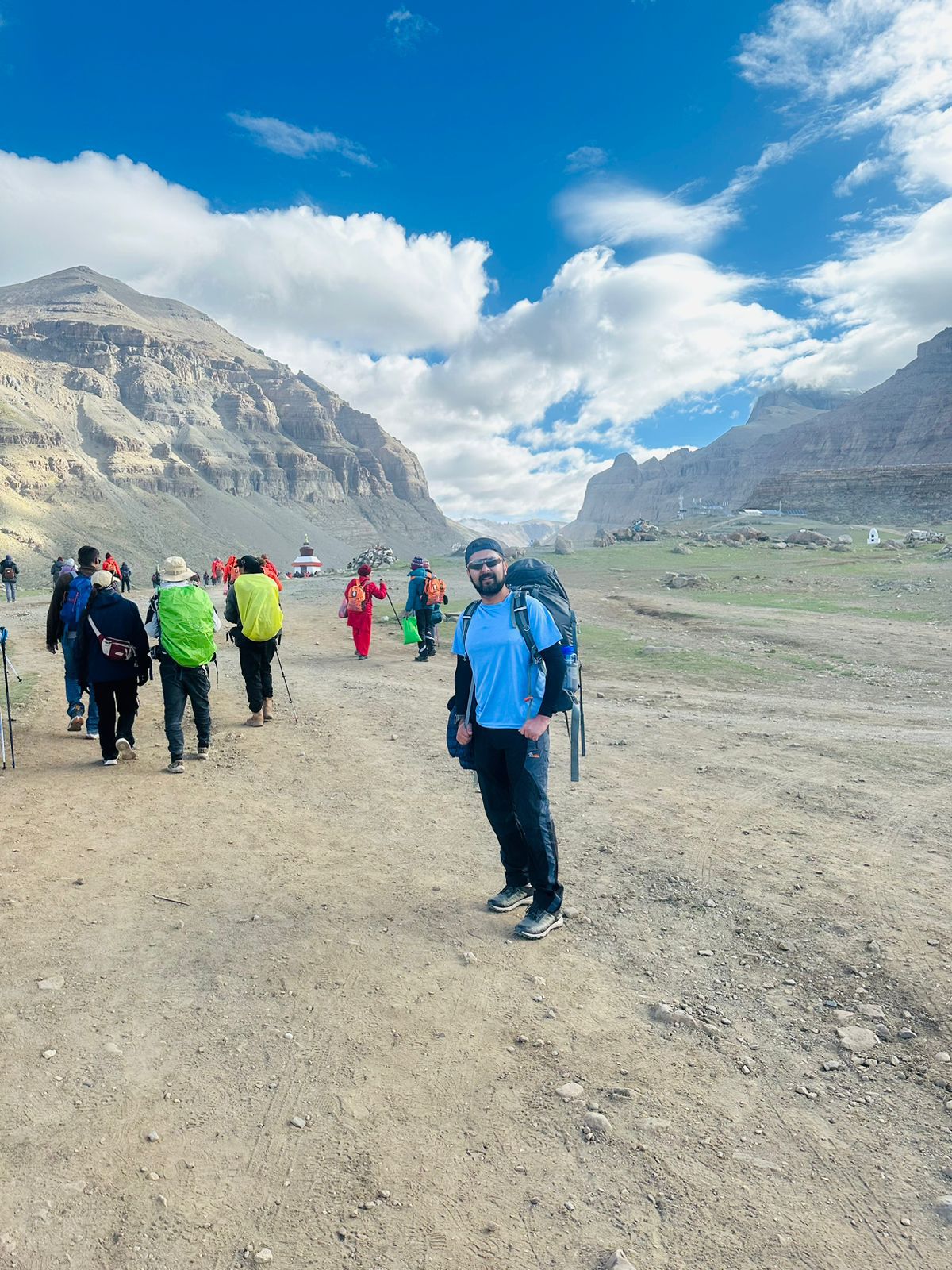
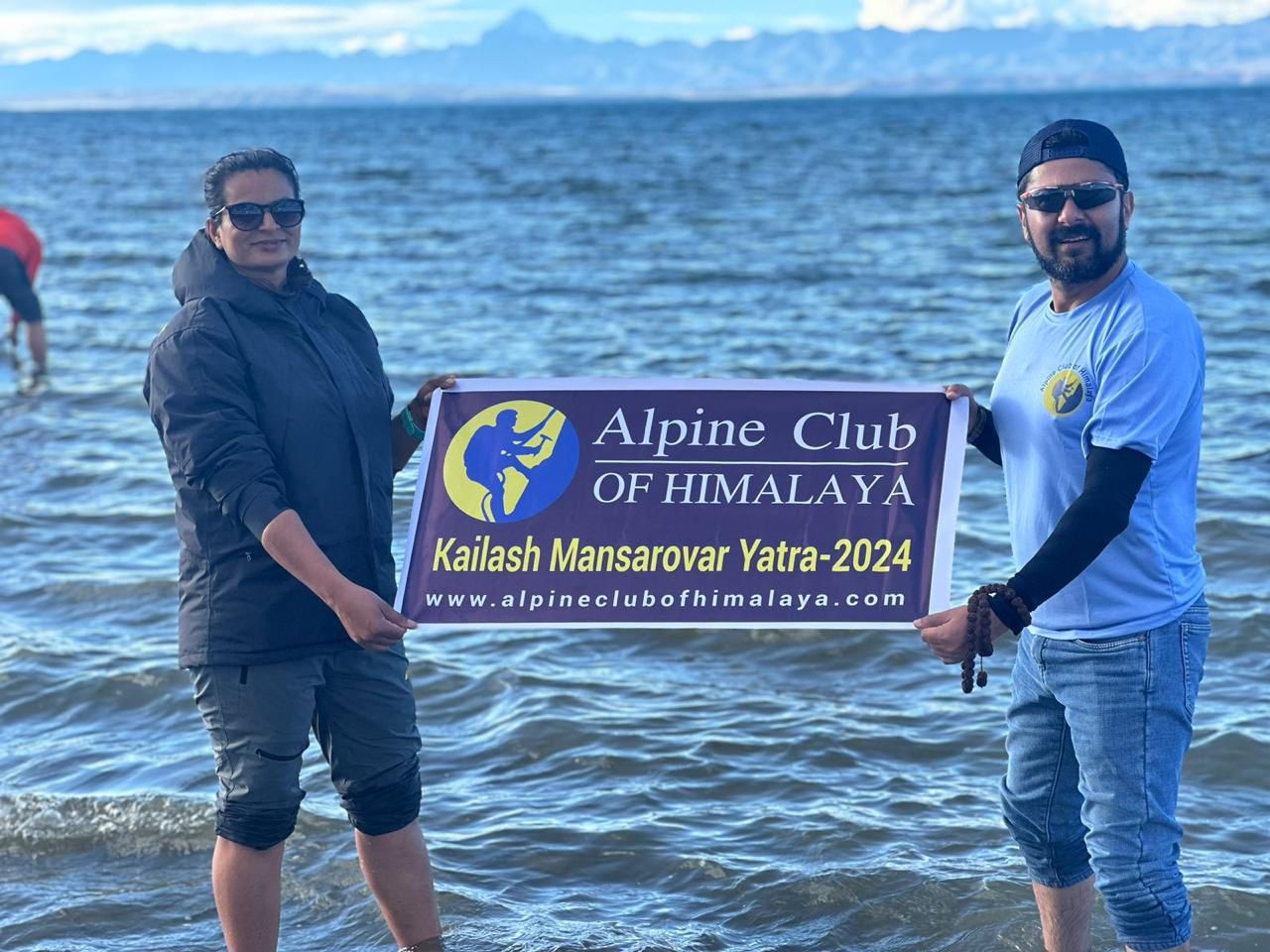







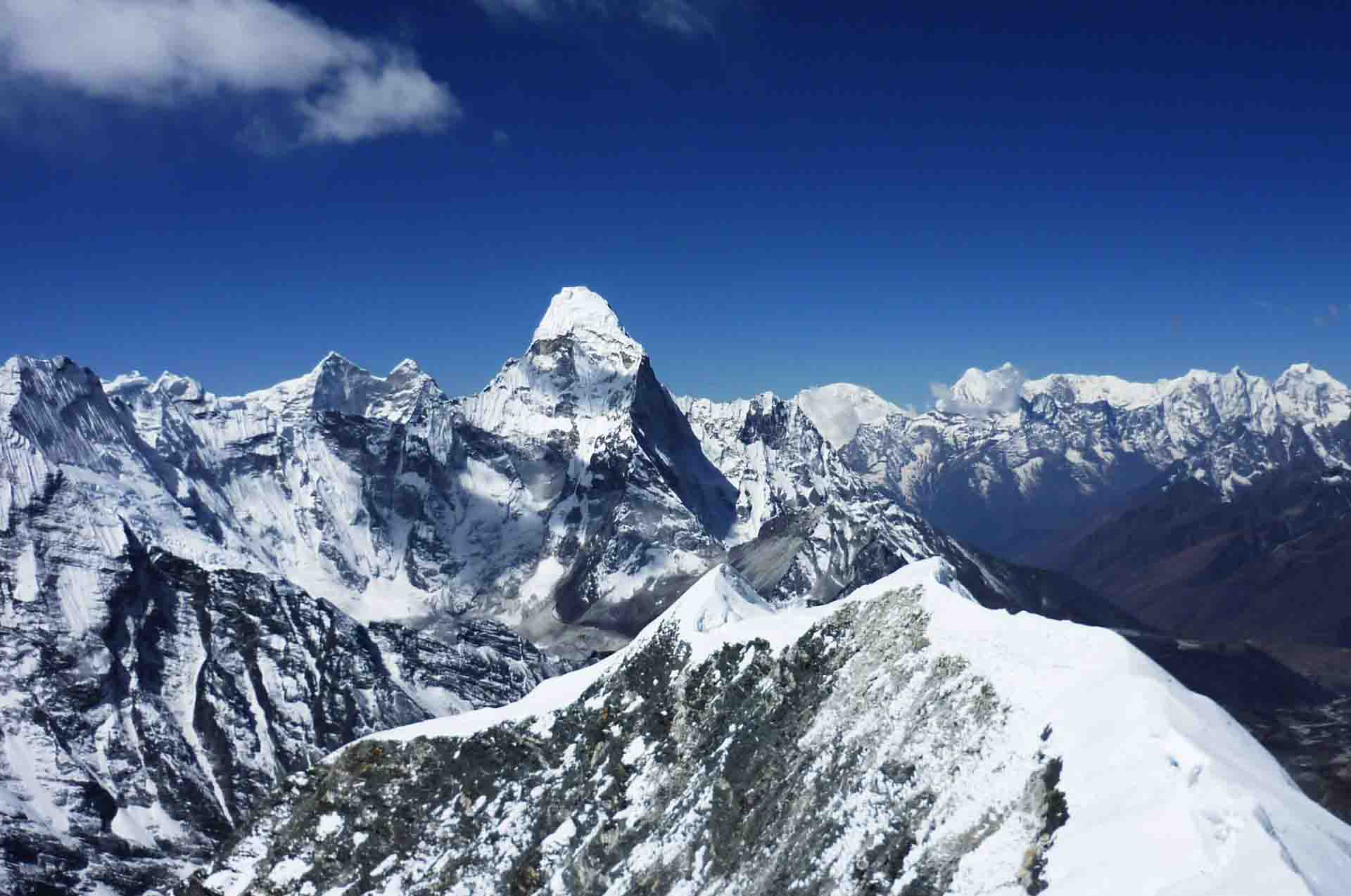
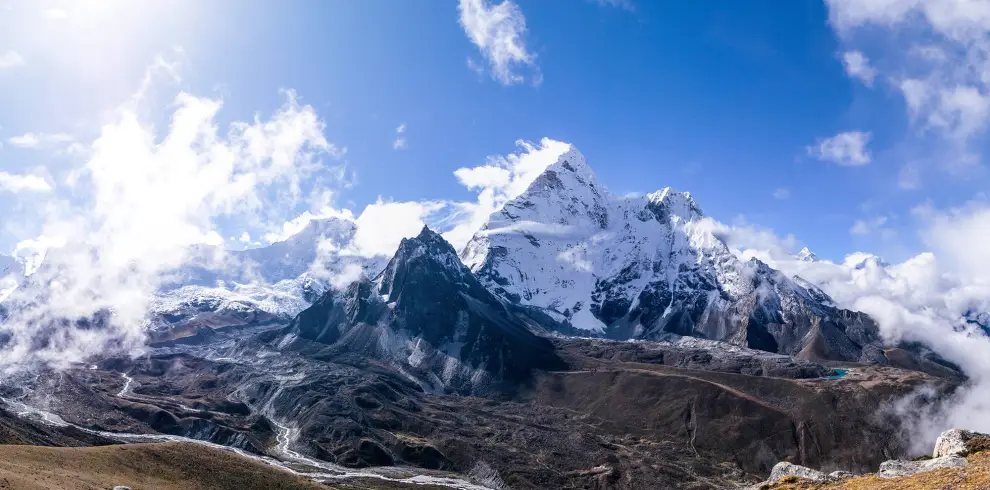
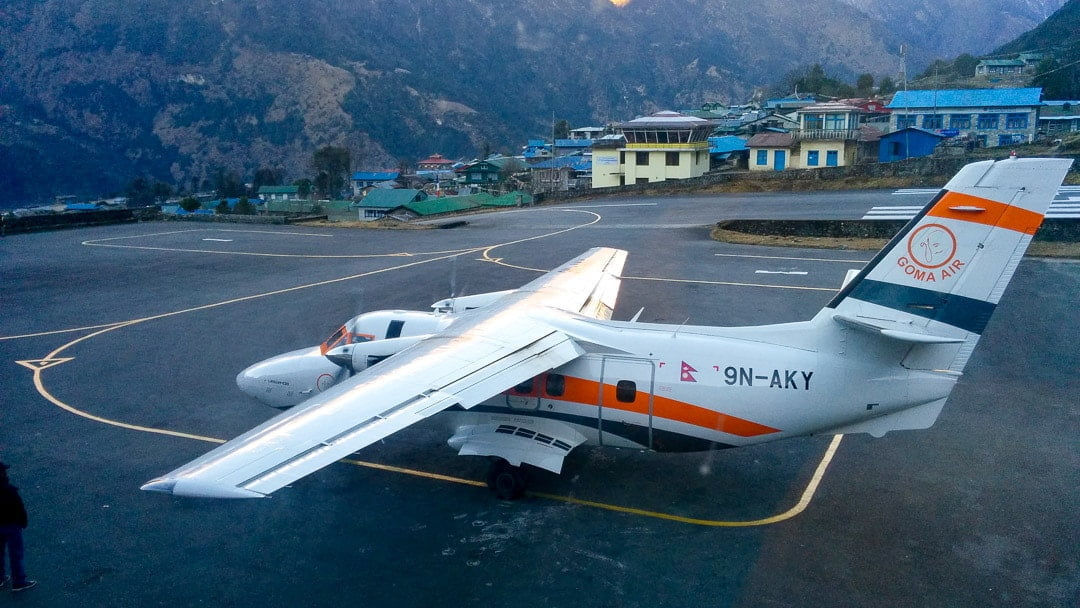
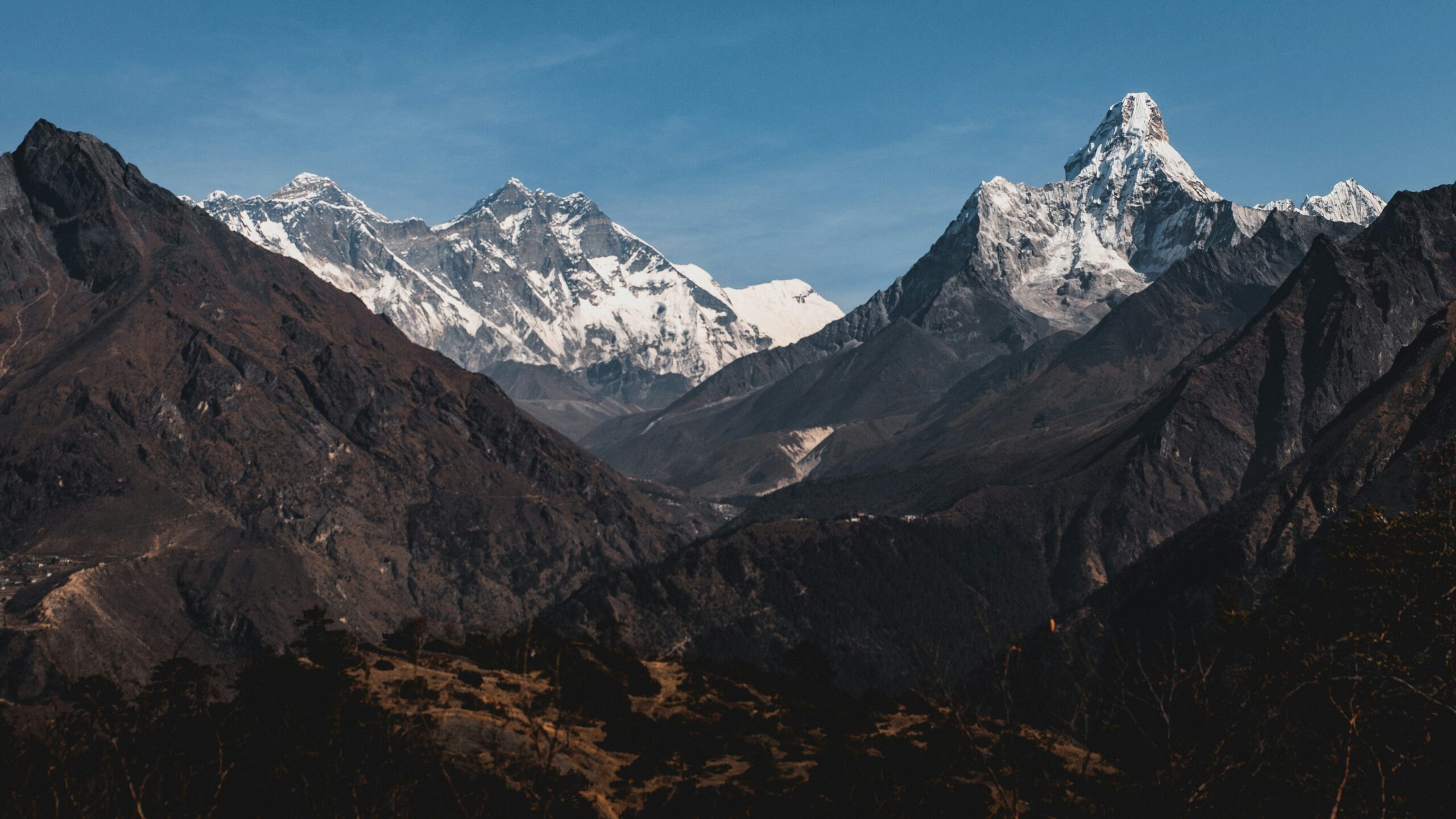
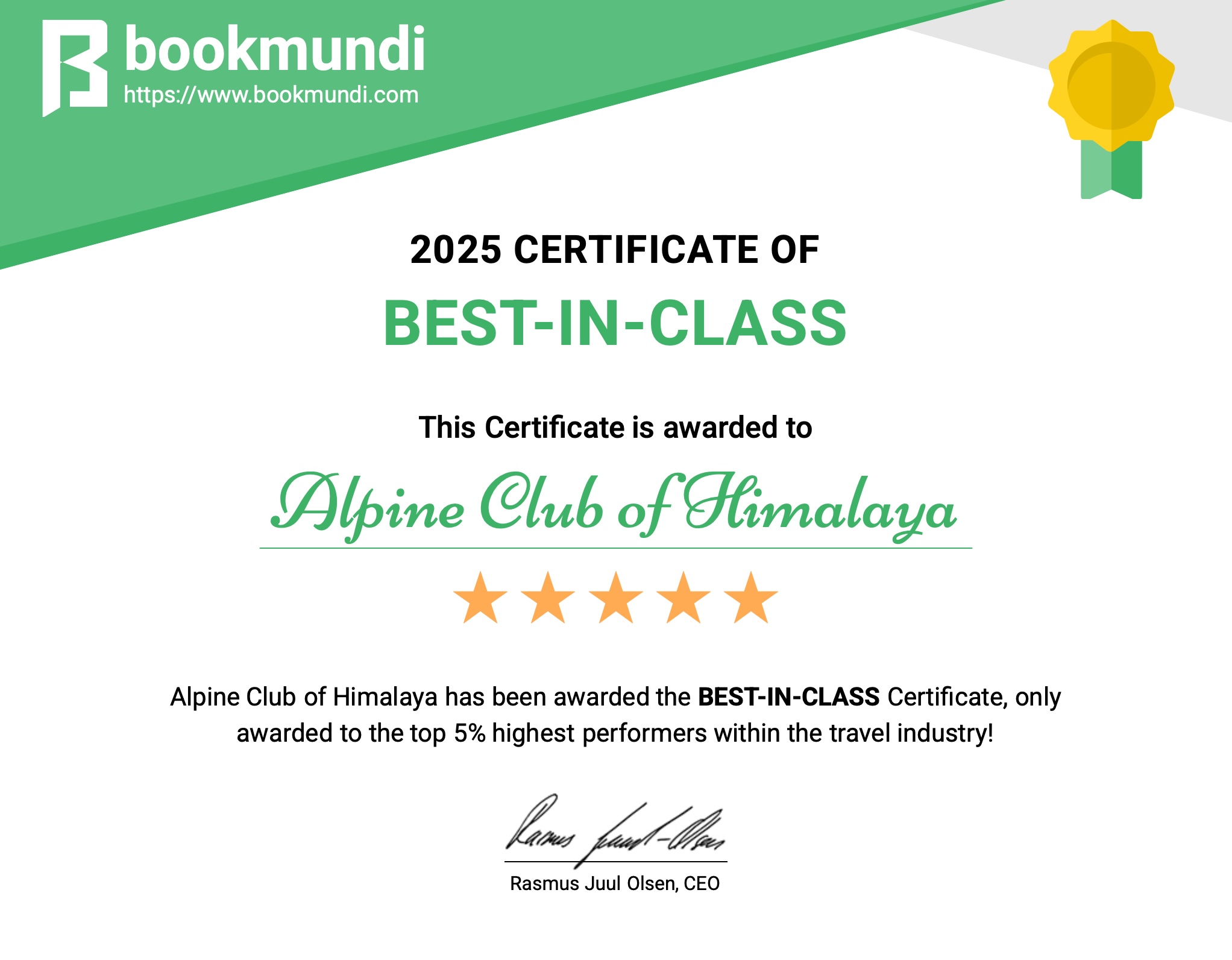
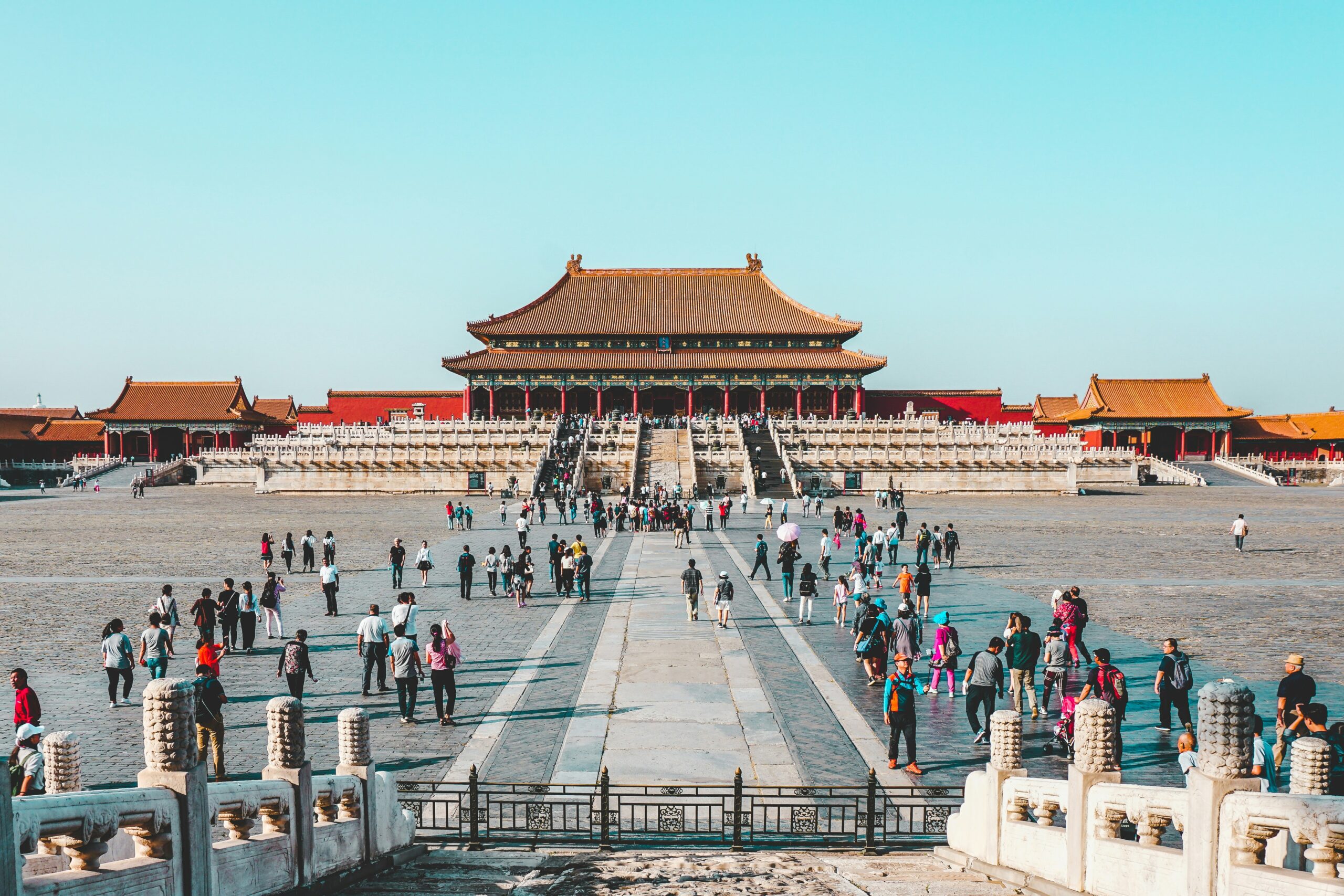
Write a Review